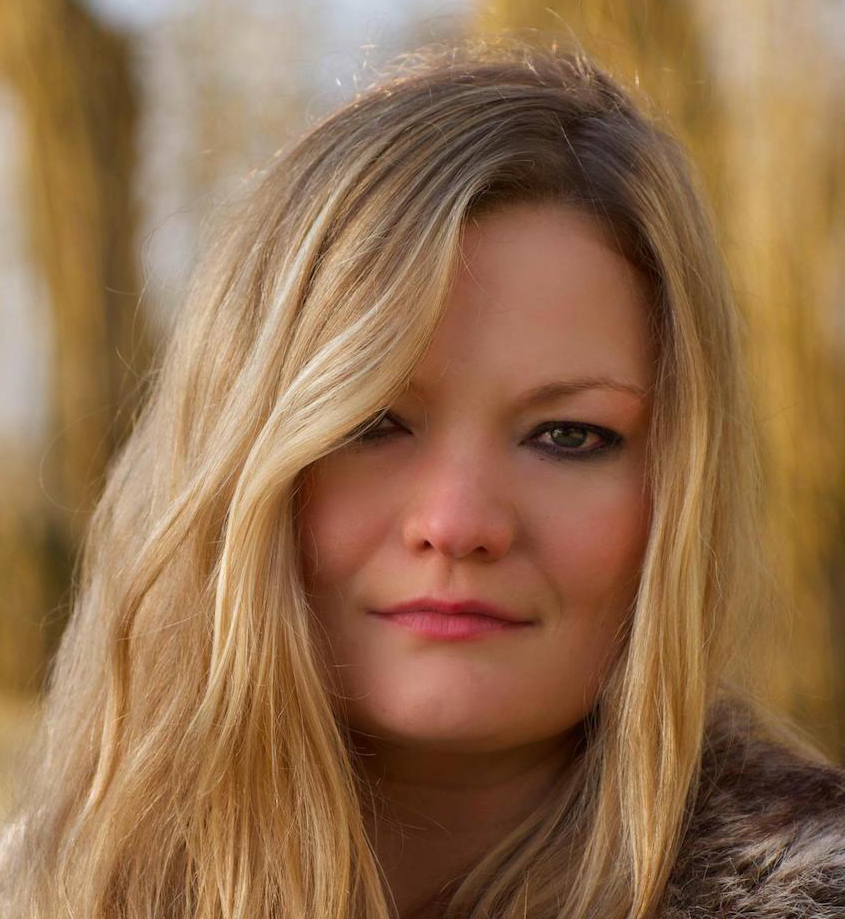

But the project wasn’t getting anywhere, until seismic life changes – the end of a long relationship, leaving her job working for a human rights foundation and, at 38, moving back in with her parents – left her with “nothing to hold on to except the idea of this strange narrative about a cat”.

What happens when those without empathy connect with another living being? As she points out in an afterword, Dennis Nilsen’s dog, Bleep, “was the only creature he could be said to have had any functional relationship with”. The book’s starting point was the relationship between serial killers and their pets, the disarmingly upbeat Ward explains by Zoom from Dartmoor. Ward introduces us to Ted, a bizarre, childlike loner who lives with his daughter Lauren and cat Olivia – and then pulls the rug, repeatedly, from under the reader’s feet. There are horrors hidden in a rundown house on the edge of a forest a spate of disappearing children a vulnerable woman searching for answers. Whereas Ward’s previous novels were historical chillers set in remote corners of Britain, featuring young women traumatised by cursed families and social oppression, the new book looks at first like a contemporary American thriller. Buzz has been building for months around a dark, audacious highwire act of a novel that can be only tentatively described for risk of giving too much away. And there’s nothing else quite like it, that fear in the dark.”įear in the dark is what powered her 2015 gothic horror debut, Rawblood, the follow-up Little Eve, and now her breakout third book, The Last House on Needless Street, published on 18 March. “But it doesn’t matter whether it’s real or not the fear is real. I could feel that there was someone in the room.” Had Google been around in the early 1990s, she might have found out sooner about hypnagogic hallucinations, intensely real sensations on the border between wakefulness and sleep. W hen Catriona Ward was about 13, she’d wake up each night with a hand in the small of her back, pushing her out of bed.


 0 kommentar(er)
0 kommentar(er)
